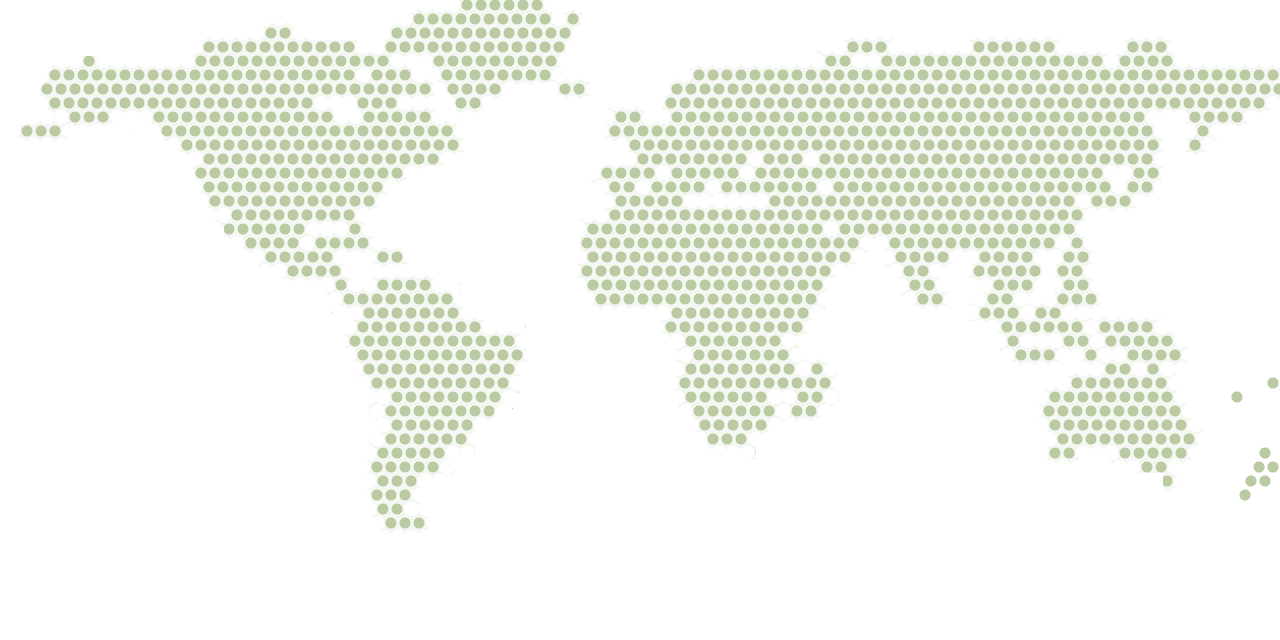Activity List
Activity List
CHALLENGEAcross the world, the growing scarcity of ecosystem services has led to a flurry of conservation innovations over the past decade in the form of payment schemes and nascent markets for these services. The global economic value of ecosystem services is estimated in the trillions of dollars, though actual payments for protecting these services are developing unevenly around the globe.While Latin America has experimented extensively with diverse types of systems, developments in Asia and in Africa have lagged behind, although there is a large pipeline of projects ready to be initiated…
Read More
CHALLENGEGrowing demand for food, fuel and other commodities, coupled with natural resource scarcity, has created an urgent need to produce more with less. Intensified production on farmed land in the tropics will be necessary to protect intact ecosystems from conversion and reduce emissions from deforestation and forest degradation (REDD), and most ongoing efforts to prepare national REDD+ strategies have rightly acknowledged this potential.A range of agroforestry and landscape restoration practices can respond to this intensification challenge, increasing soil fertility and crop…
Read More
CHALLENGEThe phrase “free, prior, and informed consent” (FPIC) refers to the rights of long-standing communities, particularly indigenous peoples to give or withhold their FPIC regarding measures that will affect them. The right to FPIC is affirmed in the UN Declaration on the Rights of Indigenous Peoples and in the jurisprudence of international human rights treaties. While the right itself is clearly recognized, the issue of how to ensure adherence by non-state parties is less clear. Commercial forestry operations frequently extend over many years and may involve land not owned by the…
Read More
CHALLENGE Forests cover over half of the land area in Mozambique, and forest-based activities and industries are an important contributor to the country’s economy and a major source of employment and income in rural areas. But although the forest sector in Mozambique could contribute significantly to GDP and rural incomes, but it is constrained by substantial governance issues, which also indirectly drive forest loss. Challenges include low levels of compliance with environmental and social regulations, as well as widespread illegal logging.While natural timber offers significant potential…
Read More
Measuring Biodiversity and Forest Conservation Production and Livelihood Outcomes in Multifunctional Agriculture: Forest Landscape MosaicsCHALLENGEConceptually, it is simple to evaluate and monitor the contribution of managed landscapes to wild biodiversity conservation: one would quantify the diversity, abundance, and distribution of organisms and habitats on the landscape. Operationally, however, such monitoring has proven extremely difficult, especially in the agricultural mosaic landscapes that characterize smallholder agriculture throughout major portions of the developing world.APPROACH…
Read More
Technical Assistance for the Development of the National Timber Yield Tables for Mahogany (Swietenia macrophylla) Standing Volume & Export Grade Sawn wood CHALLENGEMahogany (Swietenia macrophylla) is the single most valuable tropical timber species in international trade. It is also one of the most important tropical species subject to selective harvesting.Over-harvesting and illegal logging of this species led to its listing in Appendix II of the CITES Convention. Market studies show that the largest proportion of mahogany is exported to the United States, France, Canada, England,…
Read More
CHALLENGENepal's diverse landscape is divided into three main regions: the Upper Hills, the Middle Hills and the Terai, each presenting different forestry management challenges. Overall, the country has experienced significant losses in forest cover, with forest conversion to shrub land at 5.6% on aveagre oer year. While community forestry programs have had a successful impact on forest cover in the Middle Hills, higher altitude terrain has been difficult to manage and monitor. In Nepal's lowlands (the Terai region), demographic pressure, uneven distribution of high-value forest resources,…
Read More
CHALLENGEThe Atlantic Forests in Eastern Paraguay have been largely destroyed, with only 15% remaining in protected areas, farmland, indigenous communities’ communal land and private reserves. This remaining forest is under increasing pressure from a variety of forces, including the expansion of intensive agriculture (soy plantations), use of forest biomass as a cheap energy source (by the agroindustry and rural communities) and subsistence agriculture. The current forces affecting the Paraguayan’s landscapes are likely to increase the rate of deforestation and forest degradation in the…
Read More
CHALLENGEGood forest governance has a central role in achieving sustainable forest management. It is also critical to ensure the effectiveness of plans to reduce greenhouse gas emissions from deforestation and forest degradation in developing countries (REDD), as well as to ensure the effectiveness of efforts to reduce illegal activities in the forest sector.Assessment and monitoring of governance are essential tools in promoting reforms to achieve better forest governance. Since early efforts starting in the 1990s, quality assessments of forest governance have gradually relied less on…
Read More
CHALLENGEThe miombo woodlands cover 2.4 million km2 in Southern Africa, stretching from Angola to Mozambique. They are the most extensive tropical seasonal woodland and dry forest in Africa. Because they cover such a large area, the miombo woodlands hold large amounts of carbon. And although they are less diverse than moist tropical forests, they are home to elephant, rhino, and other animals and to thousands of species of plants, a high proportion of which are endemic. But just as important, for around 100 million residents the woodlands offer resources such as firewood, building material,…
Read More









